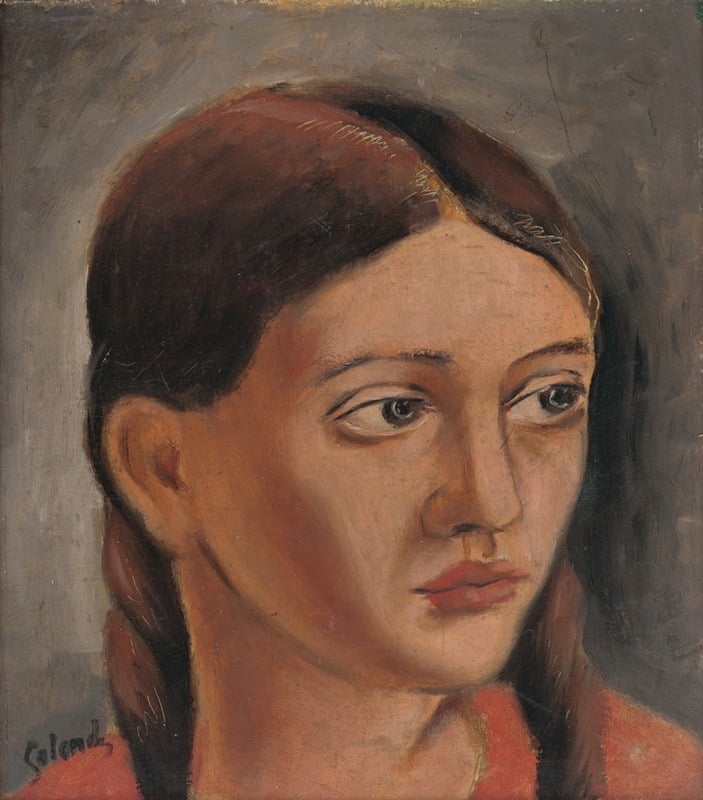The mind throws up resistance to the process of liberation- but we can metabolize this, allowing deep change and a graceful opening into a timeless presence.
The American Buddhist nun Pema Chödrön tells a story about meeting your edge- of a group of people climbing up a very steep mountain. Some made it to the top, and some, gripped by fear, had to stop halway up.
She observes:
Life is a journey of meeting your edge again and again. That’s where you’re challenged and ask yourself questions like, “Now, why am I so scared? What is it I don’t want to see? Why can’t I go any further than this?”
Meeting your edge can happen in different places. The people who got to the top were not special, maybe they were just not afraid of heights. The ones gripped by fear met their edge sooner and got their lessons earlier.
Everybody meets their own edge on this path. The late Tibetan teacher Chögyam Trungpa taught that the essence of a mature and transformative practice is to “meeting your edge and softening.”
Our meditation practice asks the same question a seasoned therapist would ask:
What am I avoiding? What am I afraid of?
The mind can throw up very interesting resistance to the process of liberation and purification. This resistance has to be metabolized before deep change can occur.
This is precisely what our mindfulness meditation does.
Then meeting your edge can be a graceful opening into a timeless presence.
Last year a sangha member gave me a very inspiring book by Mary O’Malley, the title of which I love: What Is In The Way Is The Way. In her bio on the back cover Mary writes that she “barely survived childhood.”
Her bio chronicles her “descent into darkness.” After several suicide attempts, she had a “life-changing realization in which she saw through the games of the struggling mind and experienced a full connection with life which is the foundation of her work.”
There is one line which truly spoke to me, perfectly describing this kind of graceful opening:
When we dissolve our cloud banks of struggle through mindfulness and heartfulness, we can see, hear, taste, touch and smell the exquisite sacredness of all of life.
How does this look in practice?
We’re going along and everything is fine, but then we reach an edge of what we feel comfortable with. It might be a fear of physical pain or unpleasant emotions.
It can be a fear of change and insecurity; or it may be fear of the unknown.
Our meditation gently takes us to our edge and invites us to open and soften.
We don’t just do this once; we do this many times a day, metabolizing our resistance to what is bit by bit.
In the ancient Buddhist texts, the Buddha would often talk to people suffering from a grave illness. The descriptions they use for their symptoms are sometimes very graphic.
The Buddha then would ask them something like:
Even though your body is experiencing all these painful feelings, can your mind be at peace?
This is a possibility for us, but it takes training and time.
As mindfulness metabolizes our fear and resistance, we see unhappiness as optional, a habit we no longer need–the emotional analog of an appendix.
This frees us to love the life that is right here and right now. Sure, it takes training and time- but, oh, what a bargain!







